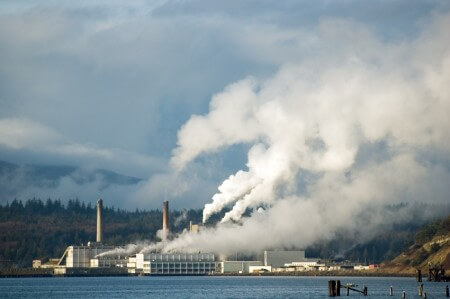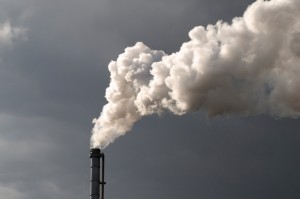
Dr. Colburn is the President of TEDX (The Endocrine Disruption Exchange), located in Paonia CO and a Professor Emeritus at the University of Florida, Gainesville. Thanks to TEDEX, we have this wonderful article to share with you to further educate you and help us all understand the connection of fossil fuel production, our health and the well being of our planet and our future.
The Fossil Fuel Connection
Extracting, processing, and burning fossil fuels (natural gas, oil and coal) introduces huge volumes of harmful chemicals into our environment. These chemicals, and the tens of thousands of chemical products synthesized from them, are now present in every environment on earth, including the womb. Extremely low concentrations of many chemicals can damage the endocrine system of our bodies by interfering with the intricate, delicate network of natural chemical interactions critical to healthy development and normal function.
* * *
Fossil fuels come out of the ground contaminated with toxic byproducts. Both the fuel and the byproducts are used to create such things as plastics, pesticides, flame retardants, and fragrances. These chemical products are now present in our homes, schools and work places, in toys, clothing, cosmetics, sunscreens, electronics, furniture, cleaning products, lawn care products, food packaging, automobiles, building materials, and more. As tests have been refined to detect very low chemical concentrations, they have been found in our air, our soil and our water, as well as in every human being ever tested. They have even been measured in the umbilical cord blood of newborn babies.
Studies of wildlife and laboratory animals show that very low concentrations of chemicals administered during critical periods of development can change how an organism is constructed and functions throughout its life. When encountered prenatally (through the placenta in mammals) they can alter development in ways that affect not only the offspring but future generations of that offspring, leaving them susceptible to a whole host of health problems. These include changes in the central nervous system that could result in autism, attention-deficit hyperactivity disorder, Parkinson’s and Alzheimer’s diseases; reproductive system effects such as infertility, male birth defects, endometriosis, cancers of the breast, prostate and testicles; and metabolic disorders such as diabetes and obesity.
 Even worse, government standards for chemical safety are deeply flawed. For the relatively few chemicals for which safety standards exist, acceptable levels of exposure are based on research in which high doses of chemicals were administered and then repeatedly lowered until no damaging effects were detected. What toxicologists failed to recognize, however, was that lowering the concentrations of the chemicals even further, (below seemingly ‘safe’ levels), to the level at which hormones operate, (in parts-per-billion or even parts-per-trillion, more comparable to what we encounter every day), can introduce a whole new set of damaging effects. We simply cannot continue to assume that very low levels of harmful chemicals are safe.
Even worse, government standards for chemical safety are deeply flawed. For the relatively few chemicals for which safety standards exist, acceptable levels of exposure are based on research in which high doses of chemicals were administered and then repeatedly lowered until no damaging effects were detected. What toxicologists failed to recognize, however, was that lowering the concentrations of the chemicals even further, (below seemingly ‘safe’ levels), to the level at which hormones operate, (in parts-per-billion or even parts-per-trillion, more comparable to what we encounter every day), can introduce a whole new set of damaging effects. We simply cannot continue to assume that very low levels of harmful chemicals are safe.
Fossil-fuel derived chemicals also produce pollution at every stage they are handled – extraction, refinement, processing, production, distribution and waste disposal. Of recent concern is the extraction of natural gas using a process called hydrofracking in which millions of gallons of water are mixed with sand and chemicals, then injected into the earth in order to help the gas rise to the surface. Pollution of our air, water and soil is created when gasses rise from the well pad and from waste evaporation ponds, when liquids are injected underground, spilled, or incompletely processed in waste facilities, and when sludge and other toxic solids are farmed into soil. In addition, lights, roads and truck traffic disturb wildlife and nearby communities.
Finding solutions to these problems requires that we galvanize all our effort toward alternative sources of energy (including shifting enormous government subsidies away from fossil fuels), while simultaneously reducing our consumption of and exposure to products that contain harmful chemicals and demanding safer alternatives. Our ability to produce healthy, intelligent individuals who can create a clean and safe world depends on it.


